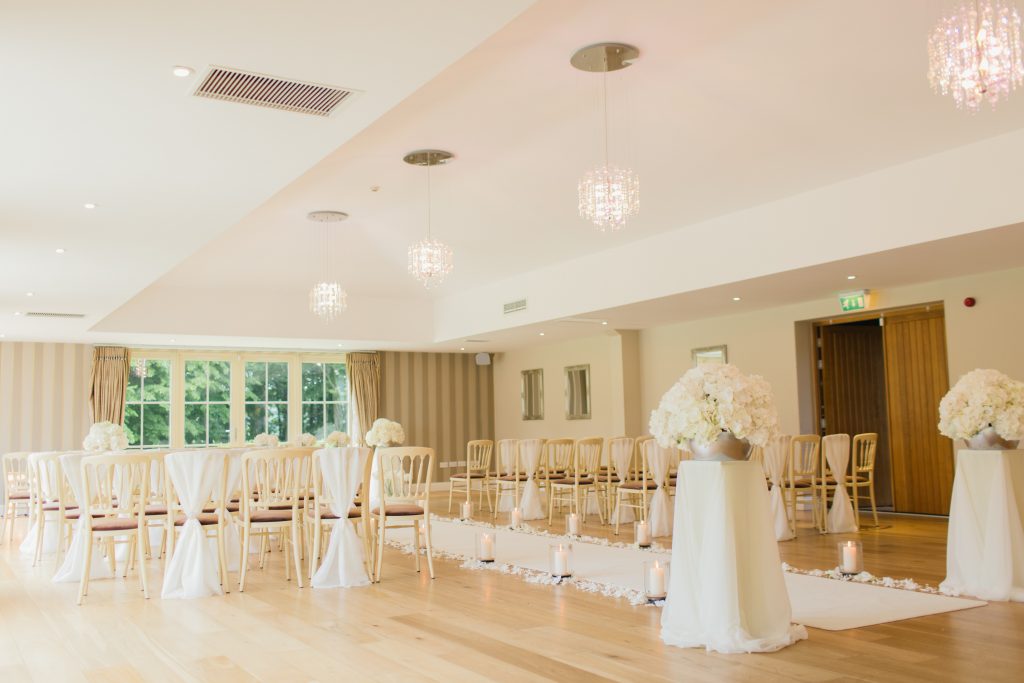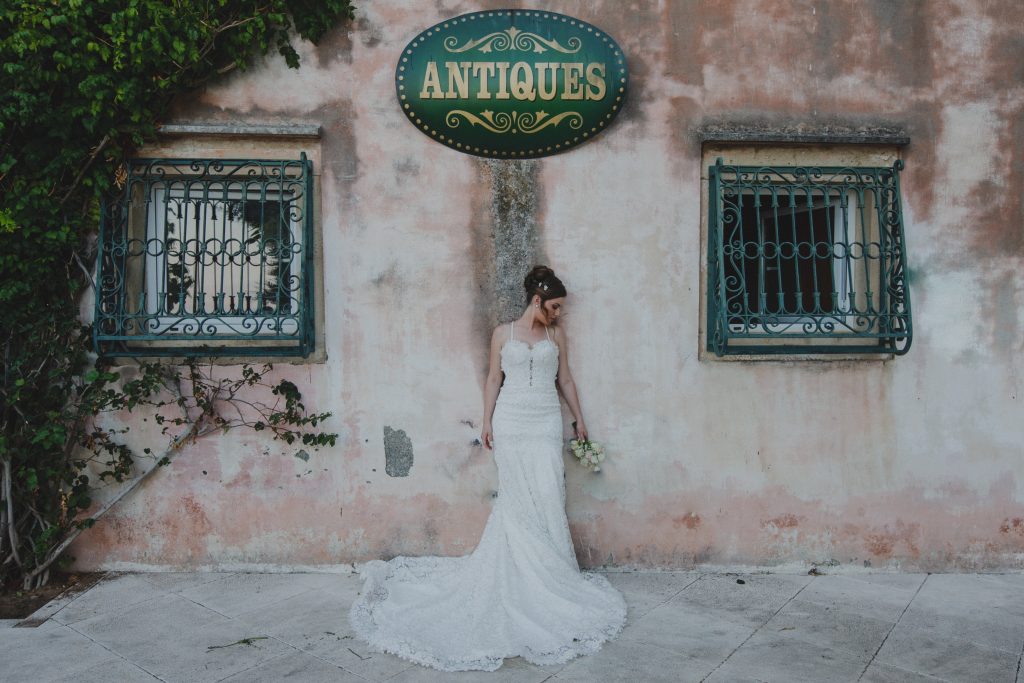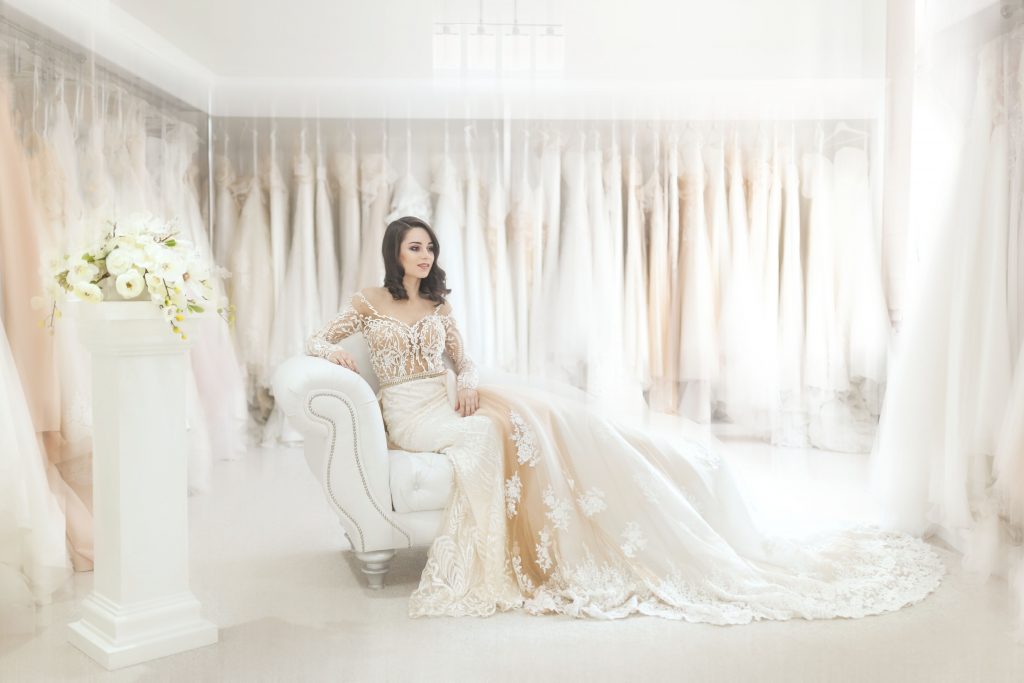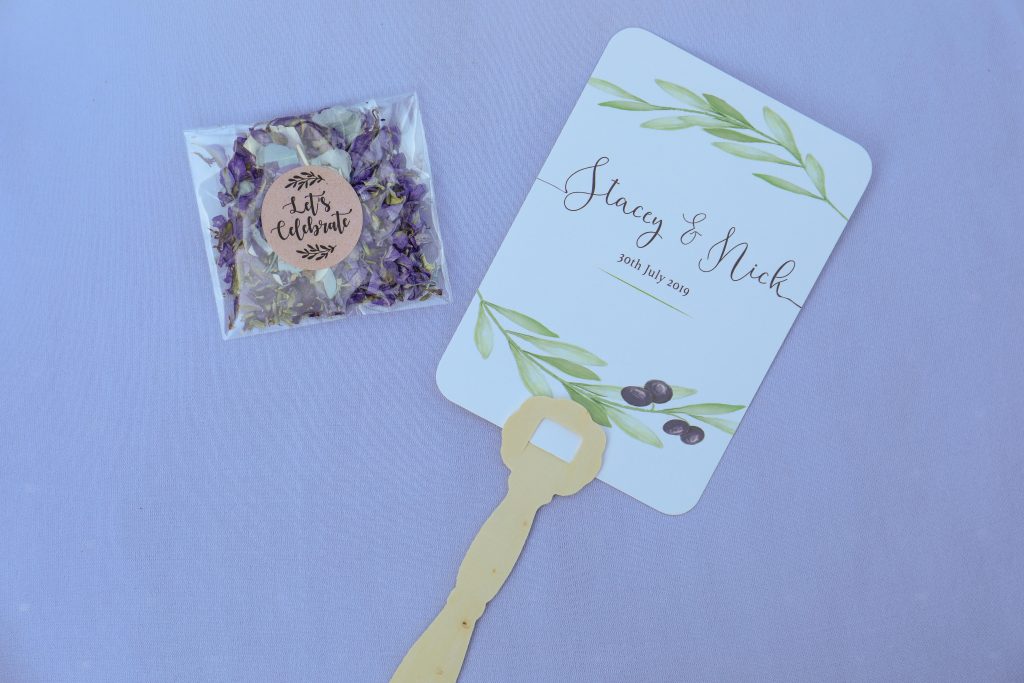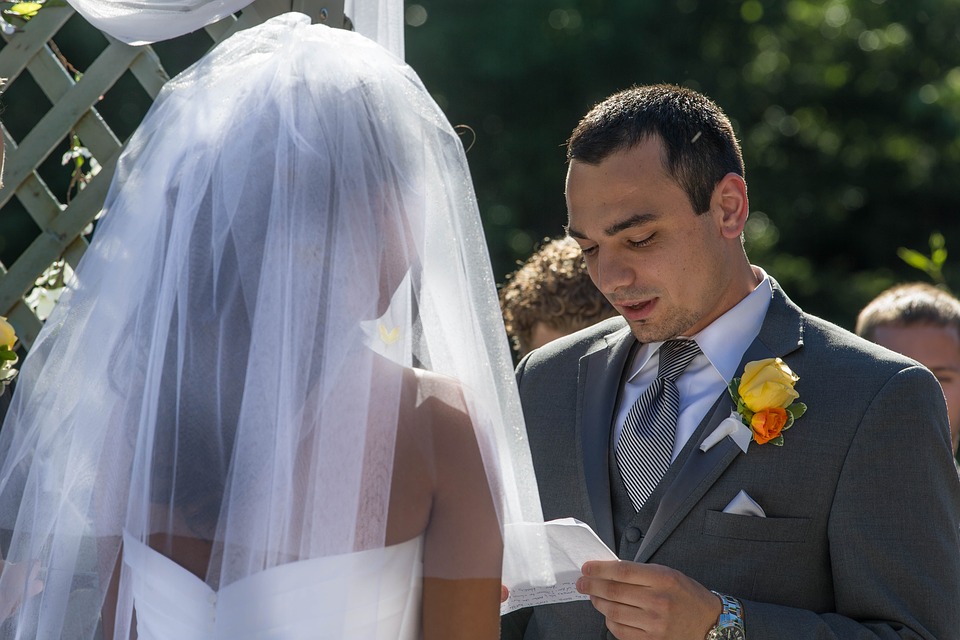With endless choices in front of you and multiple opinions getting thrown at you from all directions, wedding dress shopping can be stressful! However, it’s an experience you’ve probably been dreaming of for years and it can be a magical event if you plan it properly.
It’s easy to get lost in the overwhelmingly dreamy ambience of a bridal store. Be sure that you’re prepared before you enter those doors.
Here are some tips to help you ensure you have a successful wedding dress shopping trip:
Set a budget
Before you get your heart set on a dress you can’t afford, set a budget and let the stores consultant know before they bring you any options. A budget helps you set your expectations realistically and also narrow down your options. Narrowing your options may sound disheartening, but in the end it’s a good thing. There are so many incredible options that can make the process difficult as it becomes hard to choose.
Start early
Never underestimate how long the dress process takes. Usually, gowns can take about 4 to 10 months to be made and completed. Choosing the dress, alterations, and three or more fitting appointments each at least a month apart makes the process span across many months. Getting started early ensures that your dress is with you well before the wedding, and takes a lot of dress stress off of your shoulders. Don’t forget that choosing a dress on it’s own can take a while!
Do your research
Having a general idea about the style of dress you want can speed up your dress shopping experience drastically. You’ll be doing yourself a huge favour by doing some style research prior to shopping.
Additionally, knowing what types of dresses are a good fit for your body will save you a lot of disappointment. You may see a dress that is the most stunning creation you’ve ever seen, but when you try it on it just doesn’t look the way you want it to. Do some reading about which styles suit your body to avoid getting attached to something that doesn’t fit your figure.
Moreover, it helps to go in having some general knowledge of wedding dress jargon. It’s not necessary, but it saves time. You won’t have to ask “what does that mean?” several times throughout your appointment.
Keep your team small
Decide who really needs to be there and don’r bring more than 4 or 5 people. Ensure you’re surrounded by positive people who understand you and your preferences. Taking a smaller group of people on your shopping trip also ensures that you have less unnecessary opinions clouding your judgement.
Be comfortable but prepared
Don’t get too dolled up, but wear some makeup and keep your hair looking good. This will help you to envision yourself on your wedding day. If you show up to fit dresses straight after a run, you may feel less glamorous and thus may reject dresses that you wouldn’t had you felt better!
Wear appropriate undergarments! It will give you a better idea of the real fit of the dress. Similarly, bring some extra shoes along. You’ll want to know what your dress looks like with the appropriate shoes, instead of with your trusty shopping sneakers.
Forget the comfort zone
You have be comfortable in particular styles, but give some others a try too. It won’t hurt at all, and you may stumble on something perfect.
Don’t compare your experience to others
Some people find their dresses immediately, others take weeks to find the perfect one. Don’t put pressure on yourself to fall in love with the first dress you see. Take your time.
Remember to move in the gown
When you’re fitting a gown, try dancing in it, walking in it, hugging in it and so on. If you can’t move properly, you’re likely to be very uncomfortable on the day.
Speak your mind
If you want something, say it. If you don’t like something, say that too. Don’t keep your thoughts to yourself or spare any feelings with regards to people’s opinions about your dress. At the end of the day, you’re the one wearing it on your special day.
Take a photo
Once you choose your dress, take a photo of yourself wearing it. You likely won’t get to see it again for a while. This will help you when the doubts and second-thoughts start to creep in. Just re-look at how enchanting you look in your chosen gown, and you’ll be good to go.
Also read: Wedding dress shopping timeline
Image: Unsplash




